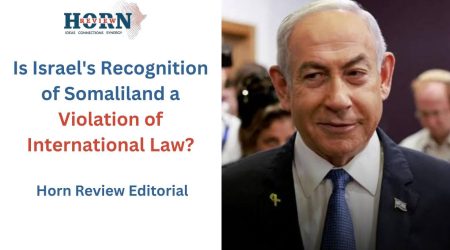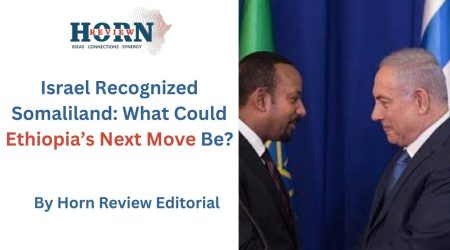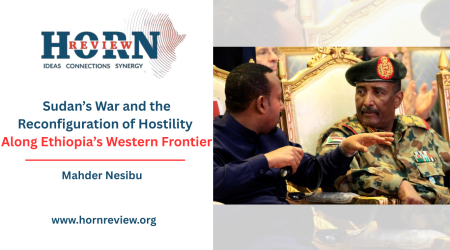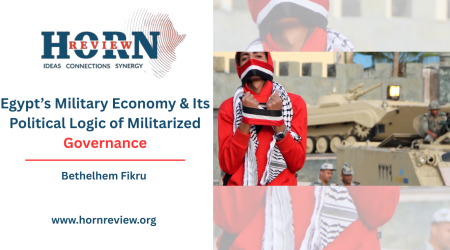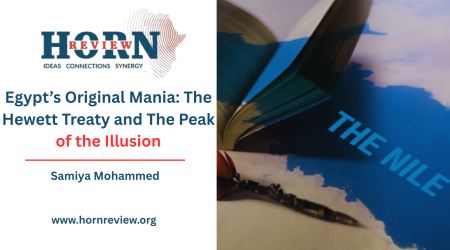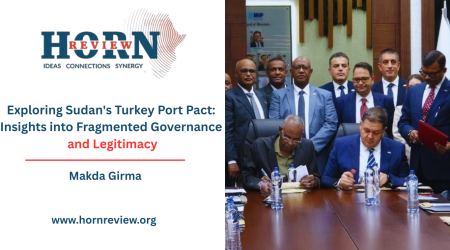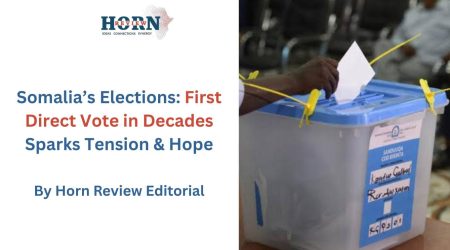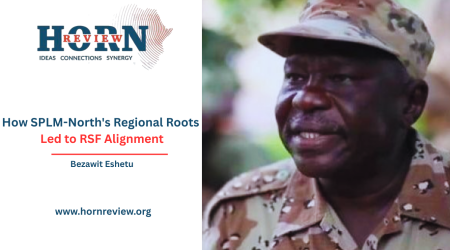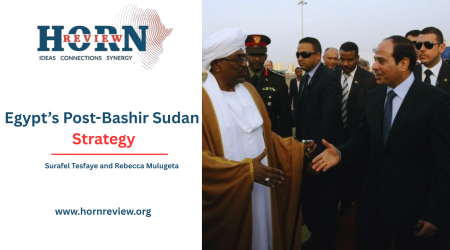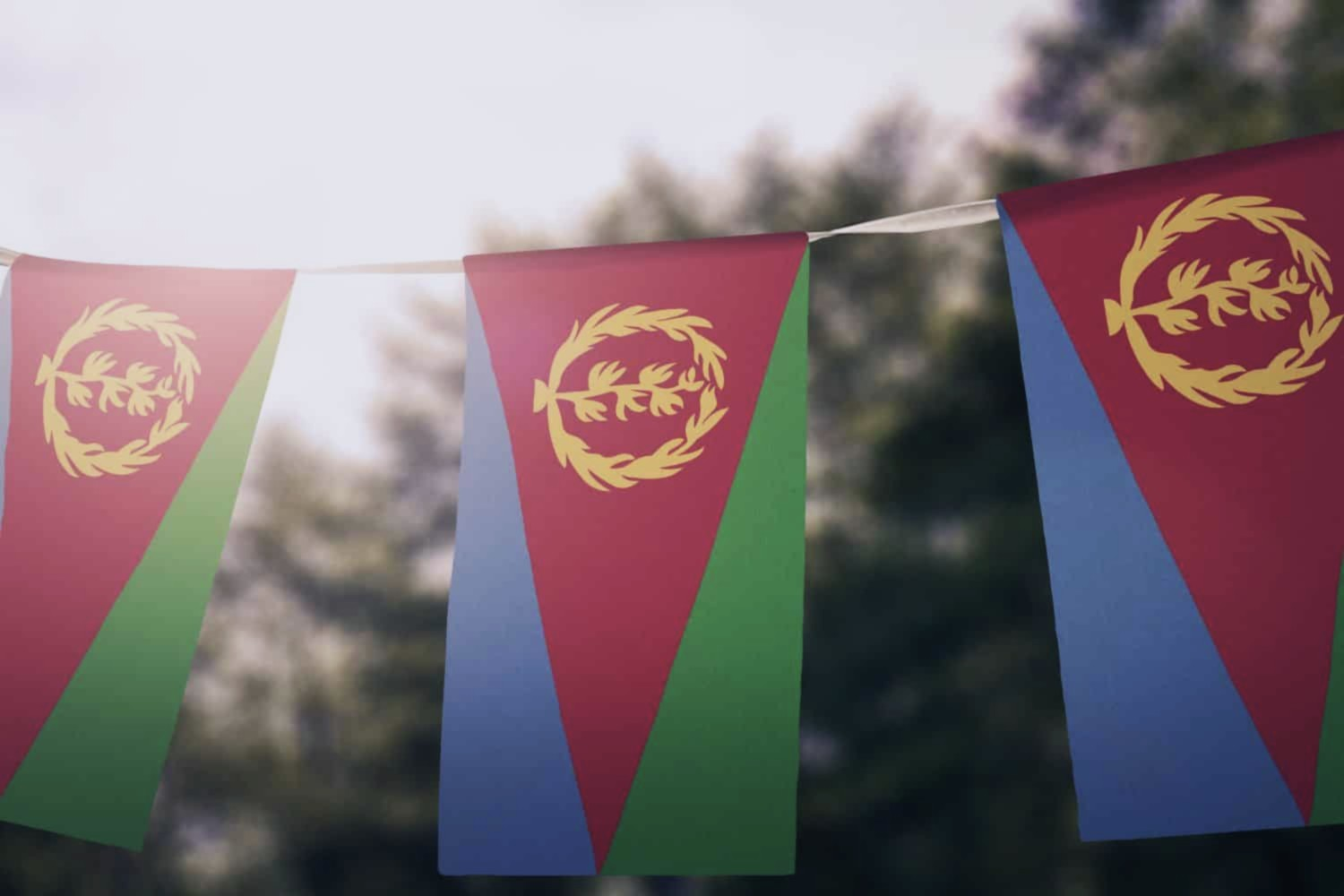
22
Aug
Democratising Eritrea: A Prerequisite for Durable Peace in the Horn of Africa
Eritrea remains defined by an authoritarian state model that has resisted reform while embedding militarism at its very core. The country’s political order revolves around President Isaias Afwerki, whose concentration of power has hollowed out the prospect of institutionalism and fused governance with his personal will. Analysts have described him as the nucleus of the Eritrean state, presiding over a system sustained not by robust institutions but by personalized authority, enforced loyalty, and the indefinite suspension of political freedoms. The legacy of the Eritrean People’s Liberation Front (EPLF), which tolerated no dissent during the rebel days, hardened into the People’s Front for Democracy and Justice (PFDJ), embedding the ethos of “the struggle” into the foundation of the state. What emerged was not a polity grounded in citizen rights and institutional checks, but a militarized authoritarianism rooted in a perpetual state of siege.
This “siege state” mentality has shaped Eritrean politics for decades. The conviction of being surrounded by enemies, especially Ethiopia, became central to justifying militarization and the indefinite postponement of reform and democratization. After the 1998–2000 war with Ethiopia, Eritrea narrowed its already limited political space, eliminating dissent while entrenching national service as the backbone of social control. In this climate, citizenship ceased to signify rights and was recast as a set of obligations under an indefinite conscription system that has drawn entire generations into a state of endless servitude. To be Eritrean came to mean being a soldier or a conscript, trapped in the institutionalized “Warsai Yikalo” system.
The consequences of this authoritarian model have been borne not only by Eritreans themselves but also by the wider region. Indefinite conscription and systemic repression have driven citizens into flight, producing one of the world’s most persistent refugee crises. For years, thousands have been crossing into Ethiopia. Sudan, long a refuge, has grown increasingly perilous, where trafficking networks and collusion by varying actors expose displaced Eritreans to renewed displacement. In Uganda and Kenya, the strain has become evident: Uganda faces chronic funding shortfalls, while Kenya resorts to detention and repatriation. In Europe, Eritrean arrivals remain substantial, though shrinking resettlement pathways and hardening asylum policies have forced many into the lethal Central Mediterranean route. With no sign of reform in Asmara, these flows will endure, externalizing Eritrea’s governance crisis as both a regional and global burden.
The exodus has also generated secondary effects. Migration fuels illicit economies, with trafficking networks entangled in the very state structures that produced displacement in the first place. Elements of the ruling elite have been implicated in profiting from these networks, transforming human suffering into a mechanism for sustaining the authoritarian state. The diaspora, meanwhile, is compelled to subsidize the system through the compulsory tax, a levy by which Eritreans abroad maintain citizenship rights and property claims while financing the regime that drove them away. The result is a cycle in which repression generates flight, and flight in turn sustains repression.
Eritrea’s authoritarianism has shaped not only domestic life but also its foreign policy. The government consistently externalizes its insecurities, exporting instability into the region as a means of preserving its authoritarian posture. The portrayal of Eritrea as a nation besieged justifies militarization but also legitimizes proxy warfare, insurgent sponsorship, and the habitual use of force as a diplomatic instrument. In Sudan, Eritrea’s backing of one faction has intensified conflict rather than moderated it. Its involvement in Ethiopia’s security dynamics follows the same logic, with Eritrean elements playing a destabilizing role. Such interventions are not aberrations; they are products of a political order that equates survival with militarism and thrives on regional instability.
Within this wider context, Eritrea’s authoritarian regime stands as a fundamental obstacle to regional integration in the Horn of Africa. The region as a whole suffers from weak institutions, cross-border insurgencies, refugee flows, and the cynical logic of “my enemy’s enemy is my friend,” which encourages regimes to meddle in one another’s affairs. Yet Eritrea is unique. Unlike some of its neighbours, whose fragility stems from internal weakness, Eritrea’s stability is paradoxically rooted in authoritarian discipline. Its insecurities are projected outward, generating a cycle in which domestic repression is justified by external hostility and which in itself is manufactured to sustain domestic repression.
This cycle has deep ideological foundations. The EPLF and later the PFDJ cultivated a worldview in which Ethiopia was an eternal adversary. The liberation struggle, framed as resistance to Ethiopian domination, instilled an anti-Ethiopian paranoia that became central to Eritrean identity. By the 2010s, Ethiopia dominated Eritrea’s strategic outlook, depicted as the enemy at the gates. For Isaias, perpetuating this antagonism was essential, a means of legitimizing authoritarianism and preventing reconciliation. Without dismantling this ideological framework, genuine integration in the Horn will remain illusory.
Attempts at democratization from within have in the past been swiftly and decisively crushed. The G-15 reformists, who openly called for a “peaceful, just, democratic and prosperous Eritrea,” were silenced, their defeat cementing dictatorial rule. International isolation, instead of weakening the regime, deepened its siege narrative. Sanctions reinforced the rhetoric of self-reliance and betrayal by the international community, while Eritrea styled itself as a nation that had won independence alone and would endure in isolation if necessary.
The regional environment of the past decade has reinforced this posture rather than undermined it. The 2018 rapprochement with Ethiopia gave Asmara the breathing space to rearm and revitalize its military. Eritrea’s role in the Tigray war confirmed its continued relevance as a fighting force. More broadly, the evolution toward a multipolar order has granted the regime new lifelines. Russia and China, disinterested in liberal democratic benchmarks, have emerged as alternative patrons, offering diplomatic cover and economic engagement. Middle powers such as Saudi Arabia and Turkey have also engaged without pressing for reform. The result has been an authoritarian regime newly emboldened, convinced that it can endure indefinitely in a world where Western leverage has diminished.
Eritrea’s trajectory demonstrates the profound link between democratic deficiency and regional instability. The siege-state mentality institutionalized in Asmara blocks the possibility of integration and perpetuates hostility. Any peace or integration framework that sidesteps the question of Eritrea’s political order is destined to fail. Without democratic transformation, Eritrea will continue to export insecurity, undermine its neighbours, and resist collective development.
Yet the responsibility for change cannot rest exclusively with external actors. Democratization must ultimately be owned by Eritreans themselves, who have borne the consequences of repression, displacement, and militarization. The G-15 episode, the flight of youth, and the erosion of faith in the ruling party all testify to a latent desire for reform, even if opportunities to pursue it remain absent. What the international community and regional actors can do is ensure their engagement reflects the realities of Eritrea’s governance. Russia, China, and middle powers may not adopt Western-style conditionality, but they should recognize the vulnerabilities of the Eritrean state and its unreliability as a long-term partner. Propping up Asmara without regard to its authoritarian nature will only deepen instability across the Horn.
Democratization in Eritrea is not a peripheral matter but a prerequisite for durable peace and integration in the Horn of Africa. It is the key to breaking cycles of hostility, fragmentation, and insecurity. Eritrea is not the region’s only democracy-deficient state, but it is its most destabilizing. Authoritarianism in Asmara has translated into destructive foreign policy, economic stagnation, and relentless human displacement. To imagine a peaceful and integrated Horn without confronting Eritrea’s political order is to ignore the epicentre of the region’s recurring crisis.
By Mahder Nesibu, Researcher, Horn Review
Further Reading
Democracy in Africa. (n.d.). Democracy Monitor: Eritrea.
Human Rights Watch. (2019). Service for life: State repression and indefinite conscription in Eritrea.
International Crisis Group. (2010). Eritrea: The siege state (Africa Report No. 163).
International Crisis Group. (2013). Eritrea: Scenarios for future transition (Africa Report No. 200).
The Sentry. (2025). Power and Plunder: The Eritrean Defense Forces Intervention in Tigray

